The Nikon Z7 Reviewed

There’s been quite a bit of fanfare announcing the release of Nikon’s foray into mirrorless — the Z series cameras, with their attendant Nikkor Z lenses. Does it live up to all the hype? Does it give you bang for your buck? Does it warrant your attention, if you’re already a Nikon DSLR user?
The short answer is: YES!
Thanks to Nikon Australia and Team Digital, I had the Nikon Z7 with the Nikkor Z 24-70mm f/4 lens to test drive for a few days.
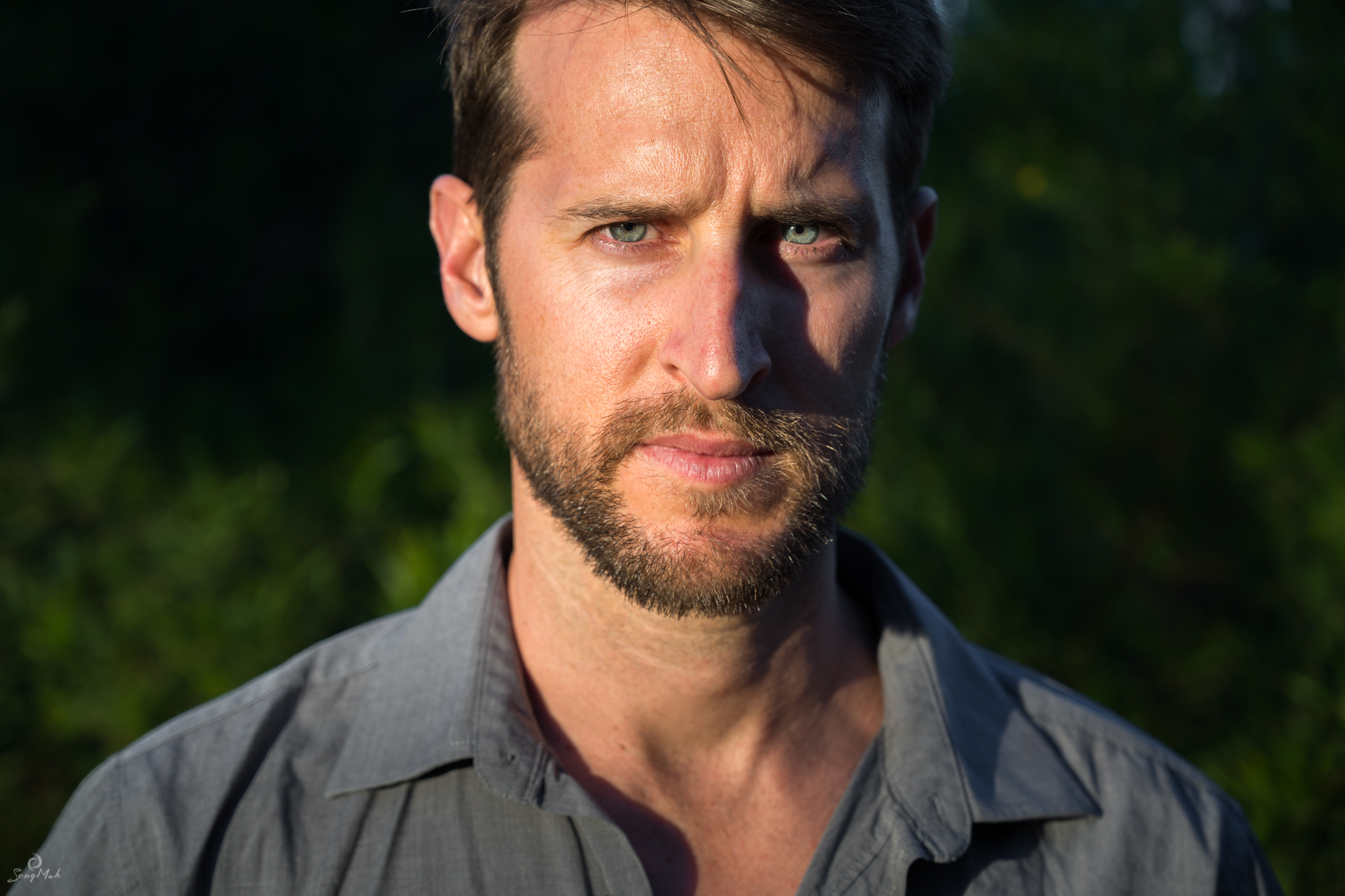
The Nikon Z7 is all about stunning detail in your shots!
The first thing you notice is the size and the weight – it’s a lot smaller, lighter, than your typical pro-range or even enthusiast range Nikon DSLR. The Z7 body is a lot smaller than its older cousin, the Nikon D850, and the Z 24-70mm f/4 lens is small compared to its DSLR equivalent. As a combo, it fits neatly and easily in your hand and feels “right” being there.
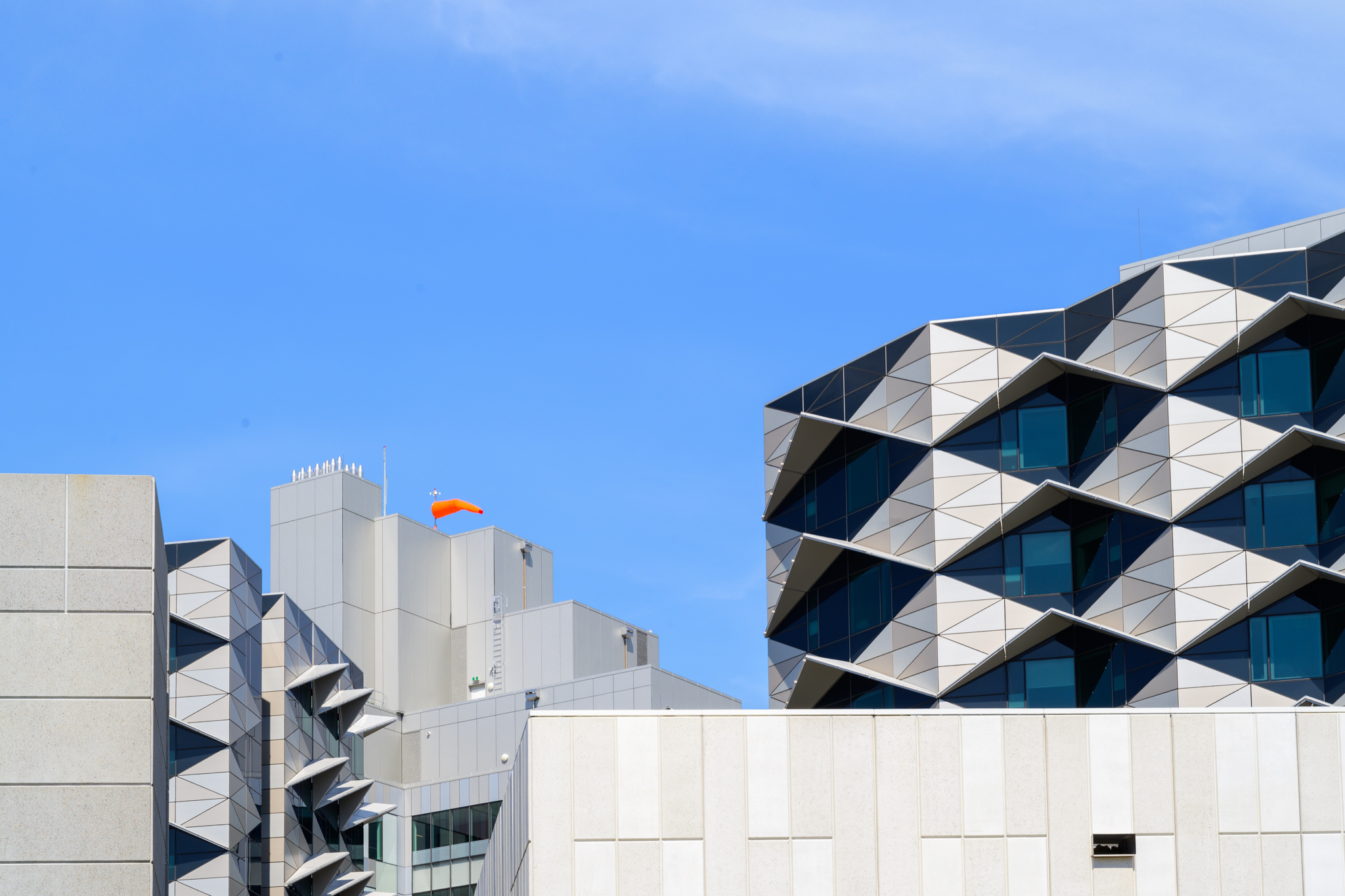
The Z7 is a very responsive camera that’s a real joy to use. Because it is mirrorless, you have a range of features that are not found on a DSLR body. Your focus points cover almost the entirety of the screen. You have live exposure all the time; coupled with a live Histogram, this takes the “guesswork” out of nailing the exposure you’re looking for. You also get all the neat things that comes with a mirrorless system, such as focus peaking, which is great when you’re zone focusing and wanting to make sure you nail the focus!
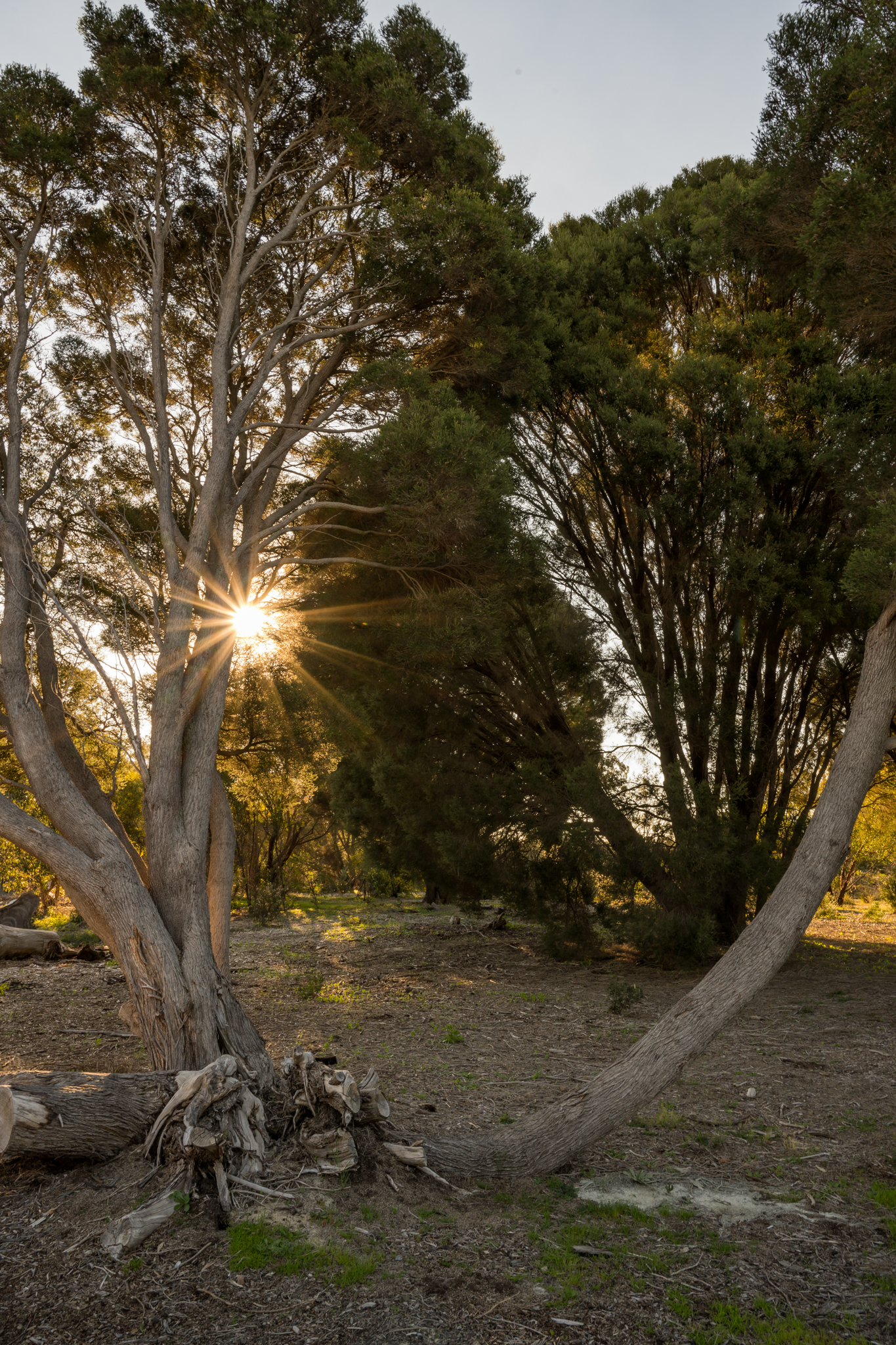
Where the Z system cameras excels is in the image quality (IQ). With the Z7, you are effectively getting the IQ of a D850 in a mirrorless body! See the samples below – I’ve included a 100% crop of the full resolution image below. The Z7 has a 45.7MP sensor, which means that it’s able to capture a great deal of detail (the Z6 is 24.5MP).

100% crop – check out the detail!
The Z system cameras can be purchased with the FTZ Mount Adapter, which lets you mount any of your existing Nikon FX lenses on the Z camera. This means that you can use all your existing Nikkor FX G lenses on the Z camera while you save up enough money to get the Z system lenses. There’s a downside in using the mount adapter, and that’s just focusing is a little slower – discernibly so, but unless you’re using it to shoot sports in continuous autofocus and burst mode, that’s not going to be an issue. At time of writing, I also tested the Z7 with a number of Sigma Art prime lenses and they are fully functional when mounted on the adapter. It’s a bit of a different story with other third party lenses, which will not autofocus when mounted on the adapter. From what I understand, Tamron is re-chipping its G2 lenses to be compatible with the FTZ mount.
But the truth of the pudding is in its eating… so what is it like actually shooting with the Z7?
I used the Z7 with the Z 24-70mm f/4 lens to shoot portraits of a couple on location. Purely natural light and almost documentary style in some instances. The Z7 feels very natural to use and it was easy enough to customise its interface to suit the way I normally shoot with my Nikon DSLRs. At no time did I struggle with the interface (more on that below) and the experience of shooting with it was very intuitive and easy.
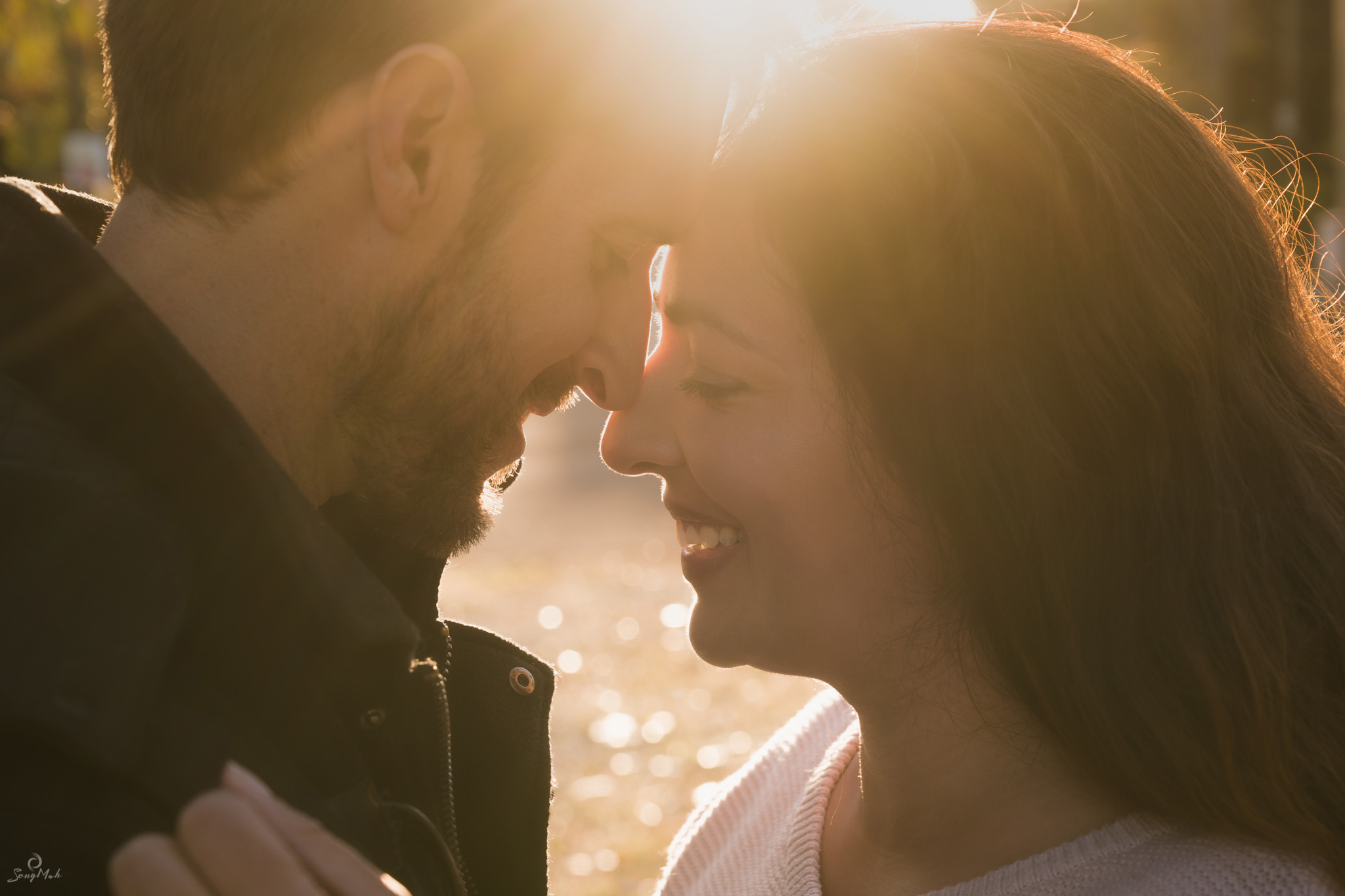
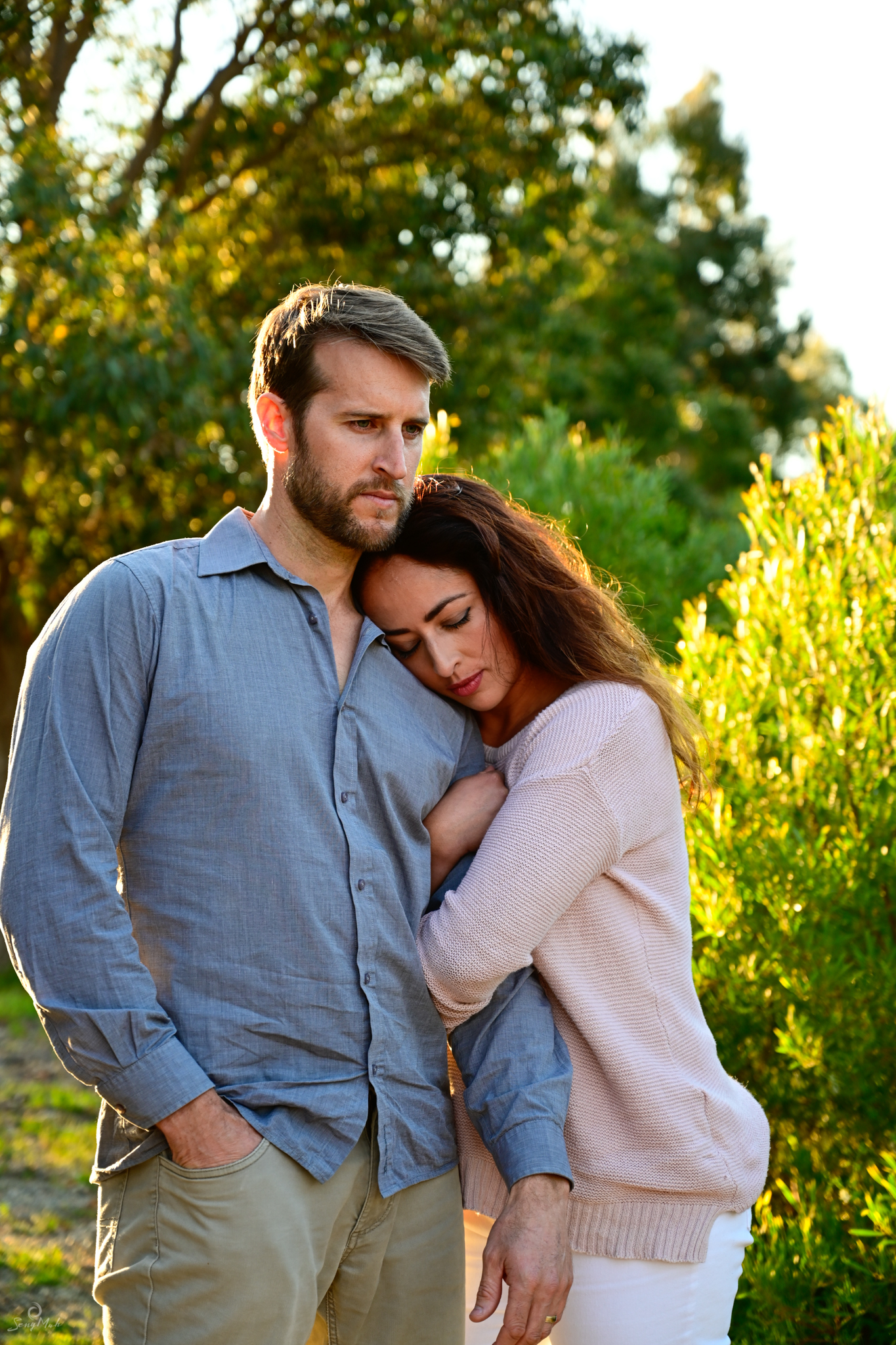
Having a mirrorless system means that the speed of autofocus isn’t compromised when you’re on Live View… because the entire thing has been designed to work optimally in live view. The electronic viewfinder and back LCD show the same thing, which means that when I need to shoot low, it’s just a case of flipping the LCD up and shooting with the Z7 close to the ground, to take advantage of the foreground detail that the angle provides. Coupled with the Z 24-70mm f/4 lens, focusing is super-fast and it did not miss a beat in continuous autofocus of moving subjects!
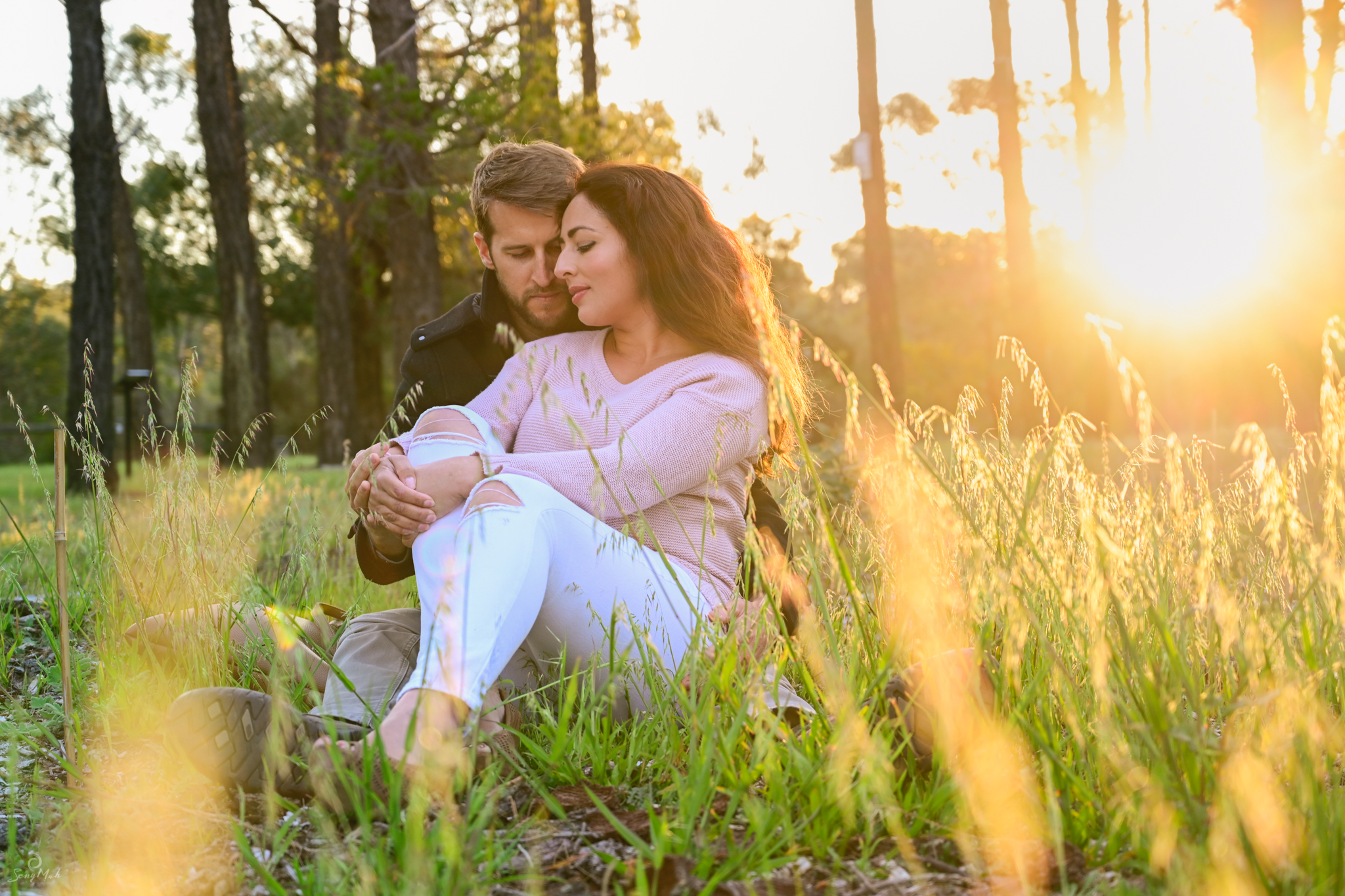
The tilting LCD on the Z series cameras make it easy to frame and shoot close to the ground.

With the Z lens, autofocus is super-fast. With the high frame rate burst mode, photographing moving subjects is a cinch!
At the best of times, I struggle to get myself physically close to the ground and shoot through the viewfinder of my DSLR, so having the tilting LCD and rapid autofocus with the Z lens (and incredibly rapid burst mode shooting) meant that I was able to nail shots such as the ones below without any trouble!
The Z7 (and Z6) interface is great, though there are a couple of changes from the Nikon DSLR interface that took some getting used to. Chief of this is the removal of the focus mode switch. On DSLRs, it was located on the lower left of the camera, just underneath the lens mount. In the Z cameras, there is no focus mode switch. Instead, focus mode options are programmed into one of the customisable function buttons that, when depressed, allow you to change the focus mode and focus point options. Having said that, the Z series cameras retain the very useful location of the ISO button – on the right hand side of the top of the camera, which puts it at easy reach with your thumb when you’re shooting and need to change your ISO on the fly. Good work, Nikon!
Like the D500, D7500 and D850, the Z series cameras can also be operated via touch screen – which comes in handy when you find yourself in situations where it’s easy to touch focus/touch shutter, and to magnify into your preview images using the touch screen. In many respects, the Z7 and Z6 implement the best of new technologies found in the current crop of flagship Nikon DSLRs while ramping up other features and functions at the same time.
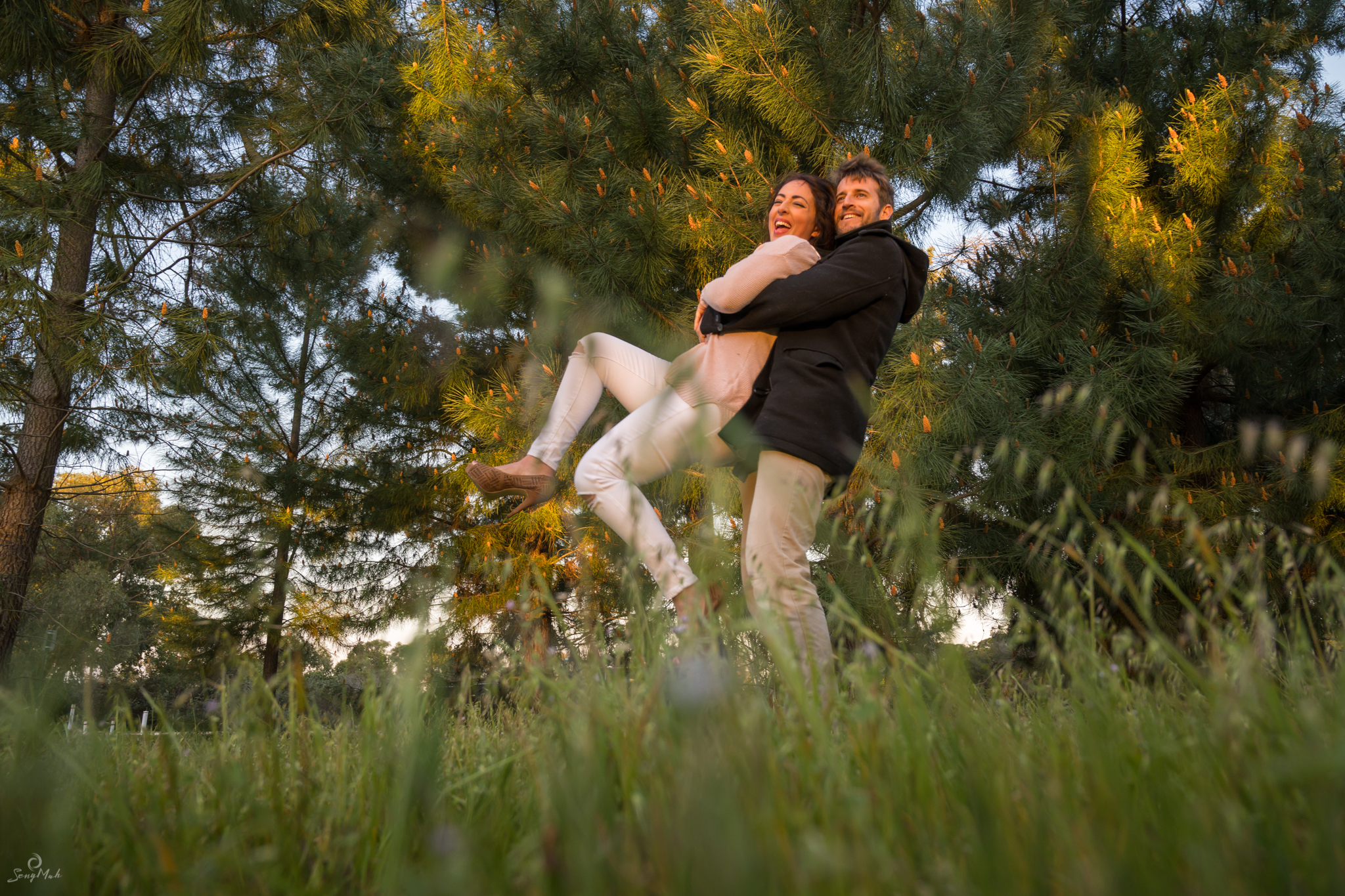
The price point for the Nikon Z cameras are almost commensurate with their DSLR equivalents, if a little higher — the Z7 is a little higher than the D850, the Z6 higher than the D750 — note that the pricing includes the FTZ Mount Adapter, which means you can use your existing Nikkor FX lenses with the Z series cameras.
So, who’s this camera for? It’s for the photography aficionado who has invested in the Nikon system, who is looking for a great, compact camera body (perfect for travel) and who is after superb image quality and tonal range reproduction. Its price point puts it at the more discerning end of the market (those with a discretionary income, perhaps?) but also brands it as a quality product, which it indeed is.
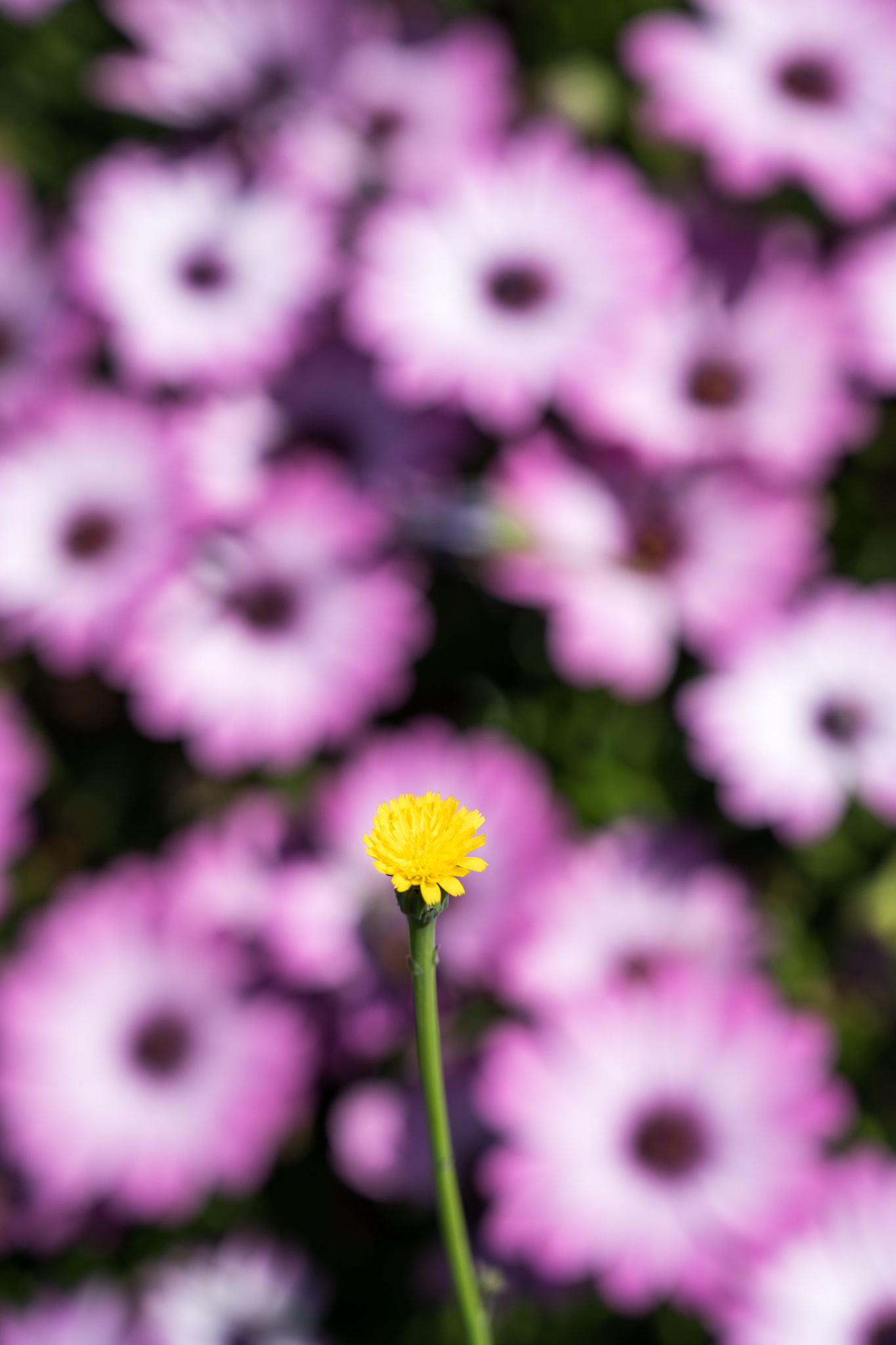
It’s easy to fall in love with the Z series cameras. If you’re chasing detail, sharpness and megapixels, go for the Z7 and don’t compromise. If you’re looking for a compact mirrorless camera which you can use for everyday and travel, the Z6 will do you fine. Eventually, you will want to use the Z series cameras with the Nikkor Z lenses — they are fast and super sharp, but the price point may be a bit higher than what you’ve come to expect from their DSLR equivalents. The Z 24-70mm f/4 is around AUD$1700, the Z 50mm f/1.8 around AUD$1000 and the Z 35mm f/1.8 around AUD$1400.
I see the Z series cameras as a luxury item for Nikon users. Those who appreciate image quality and want a smaller, more compact, easier-to-use mirrorless system that is still compatible with their existing Nikkor FX lenses. And I’m sure there are many of us out there.
Thanks to Ben Walton of Team Digital and Michael Phillips of Nikon Australia for the loan of the Z7; thanks also to Nancy and Dean Kennedy for being the first couple I’ve photographed with the Z7, and to the ever-patient Craig Franke for field-testing this amazing camera with me.

No Comments